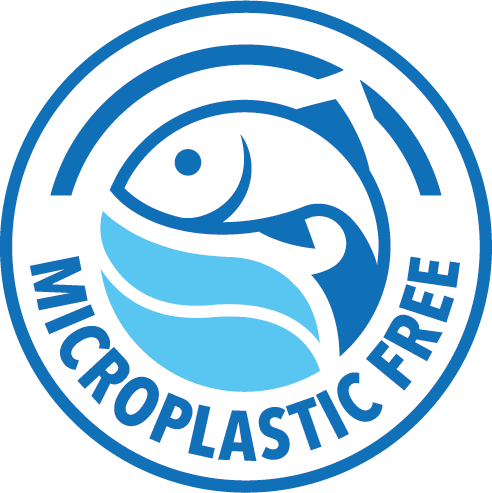MICROPLASTIC FREE
Environmental protection and sustainability have always been a major concern for us and an integral part of our corporate culture. In order to live up to our responsibility towards the environment, we use a recipe without microplastic in the manufacture of our care products.
So that our customers can see at a glance that they are buying a microplastic-free cleaning product, we have created our "MICROPLASTIC FREE - formulation without microplastics" environmental seal. The associated symbol indicates to the buyer that there are no microplastics in our products.

"MICROPLASTIC FREE - Formulation without microplastics" - The environmental seal of AUTOSOL®
A SHORT EXPLANATION - WHAT IS MICROPLASTY?
Currently there is no legally binding or generally valid definition of microplasty. In general, plastic bodies that are smaller than 5 millimetres and are not water-soluble or biodegradable are referred to as microplastics.
In addition, the term microplastics is once again divided into primary and secondary microplastics.
Primary microplastics are industrially produced particles or granulates that are already produced in their final form.
Plastic granules are often used in the manufacture of plastic bottles. Other fine particles are added to care products, such as peelings or toothpaste, and provide shine or a pleasant skin feel.
Secondary microplasty, on the other hand, results from the decay of macroplasty, i.e. larger pieces of plastic. Weather influences, such as sun rays or wind, as well as the wave motion of the sea, favour the decay of plastic bags or PET bottles, for example. Another source of secondary microplastics is the abrasion of tyres on our roads.
WHY ARE WE TRYING TO DO WITHOUT MICROPLASTICS?
Larger quantities of plastic waste are known to be a problem for our environment, especially for all marine organisms. For example, seals get caught in old fishing nets and drown or turtles die in six-pack rings. The pictures are in front of everyone's eyes. Another problem, no less serious, but often not visible to the human eye, is microplasty. Marine organisms that take up microplastics, for example, show behavioural abnormalities or have high inflammatory values in their bodies. Another problem with microplasty is that it binds toxins and absorbs them like a sponge. These toxins then enter the organism of marine organisms through food, for example.
Through detours, microplasty also becomes a problem for humans. If, for example, we consume fish, mussels or other seafood that have microplasty stored in their organism, it also enters our body.
HOW DOES MICROPLASTICS GET INTO RIVERS, LAKES OR THE SEA?
The journey of microplastics into our rivers and seas begins with private households. Due to the consumption of products containing microplastics, the fine plastic bodies reach our sewage treatment plants via the waste water systems. However, they cannot filter the microscopically small particles completely out of the water cycle, so that a certain amount is finally washed into the sea or rivers.
The secondary microplastics enter our oceans through incorrect disposal and careless behaviour as well as subsequent decomposition processes. The synthetic polymers are eaten there by marine organisms and ultimately cannot be removed from the environment. For example, microplasty has already been detected in seals, fish, mussels and other smaller organisms that have ingested it passively or with their food.
PRODUCTS WITHOUT MICROPLASTICS
Which products are free of microplastics is not easy to recognize at first glance. Even a look at the list of substances used does not always provide clarity. We have developed our seal of quality so that you can immediately see which products do not require the addition of microplastics in their formulation. We help you to buy sustainable products.
